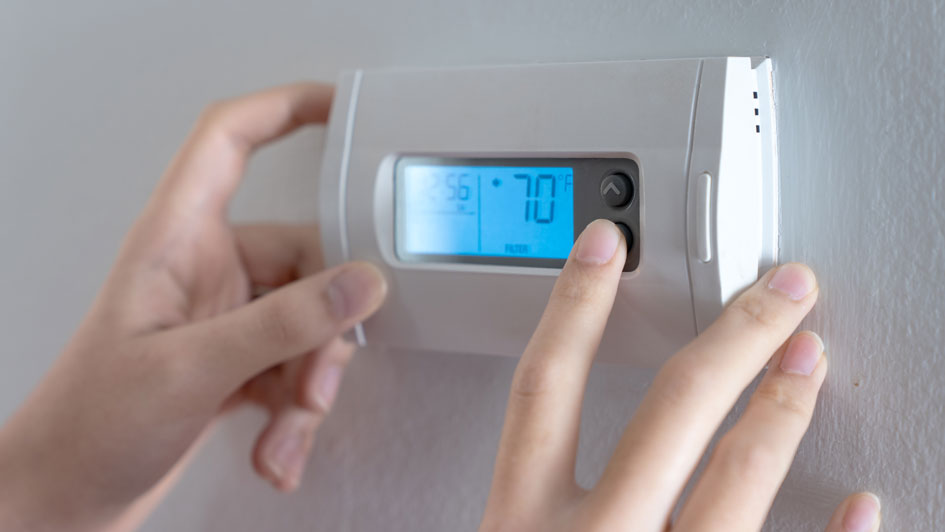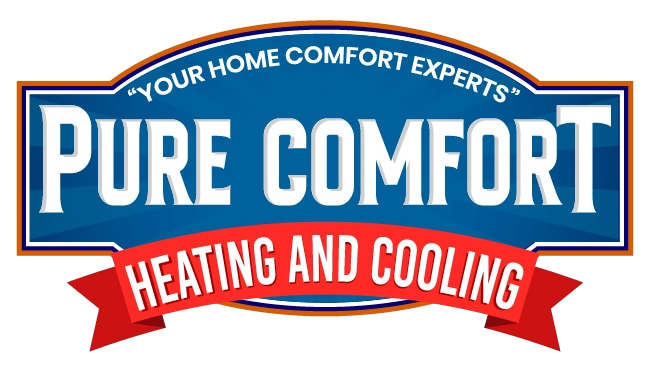
We all like saving money on our monthly utility bills, but you should know there’s a way to keep costs down, even when you're out of the house.
It starts with your thermostat. By learning more about its special features and settings, you can structure its daily schedule around your personal preferences. That means you can have different temperature settings for when you’re home, away or even when you’re sleeping.
With a few simple adjustments, you have more time to enjoy pleasant temperatures while cutting down your energy bills. Check out our guide on how your thermostat can save you money in the summer:
While at Home
Whenever you're at home, you want comfortable temperatures. For the most part, you probably have your thermostat lower in the summer if you're indoors to appreciate the cool air.
But the ideal temperature for the summer is usually between 78 and 80 degrees Fahrenheit. By adjusting things a few degrees, you can stay cool while keeping your energy bill more manageable.
While Gone
When setting the temperature for whenever you're gone, it’s advantageous to set the thermostat higher for while they're gone.
Depending on the local climate or your home's location, you can set the thermostat to higher temperatures like 88 degrees while no one is home and then lower it back to the sweet spot of 78-80 degrees when you or a family member return. This way, your air conditioning system isn't working around the clock to provide cooling for a bunch of empty rooms.
While Sleeping
For a full night's rest during summer weather, you want a nice cool temperature. You should try and keep things between 68-72 degrees Fahrenheit. This will keep you from getting too hot or too cold while you're trying to sleep.
Additional Ways to Reduce Energy Use:
- Install a smart thermostat: Switching to a smart thermostat in the summer helps save money on energy costs since it can plan your temperature adjustments according to your lifestyle and idea of what comfortable is. It'll take care of making changes while you are home or sleeping, while allowing it to get a little warmer when no one is home. With reliable brands like the Lennox iComfort, you are able to adjust settings and schedules through your smartphone, tablet or laptop. Requesting smart thermostat installation in your Streamwood home is an effortless way to set the correct temperature whether you're at home or across the country.
- Update your existing HVAC system: A new HVAC system is another great option for long-term energy savings. If a system boasts high energy efficiency, your utility bills will be lower because it requires less energy to heat and cool your home. Air conditioning installation in Streamwood is only a phone call away, so don't hesitate to reach out to local pros like Pure Comfort Heating and Air Conditioning who can set you up for success.
- Stay on top of routine AC maintenance: Whether or not you keep up with regular air conditioning maintenance in Streamwood can have a serious effect on your total monthly energy use. By regularly cleaning the coils, checking for damage and clearing air vents of dust and debris, this can help your HVAC system perform better during day-to-day use.. Higher energy efficiency will also reduce strain on key parts and lowers operational costs, resulting in lower energy usage and subsequently, smaller bills.
- Clean or replace the air filter on a regular basis: A regular schedule for cleaning or replacing the HVAC system's air filter saves money by helping air flow efficiently through your air conditioner. When filters are clogged with dirt and debris, air conditioners have to work harder, and this greater strain could shorten the system’s life span and lead to breakdowns.
- Check your attic insulation: Insulation is a crucial component for any energy-efficient home, keeping the hot air outside and the cool air inside through summer. The North American Insulation Manufacturers Association (NAIMA) suggests that homeowners living in southern climates should possess at least 13-14 inches of insulation, while colder climates do better with 16-18 inches.
- Check your air ducts: A leak in the air ducts could increase your energy bills much more than 20 percent, plus it can potentially allow harmful emissions from your water heater, clothes dryer and other appliances to get into the atmosphere of your home. Checking your ductwork for leaks and sealing them can fix both of those problems.
- Seal all other leaky spots in your home: Finding and sealing any remaining leaks in your home with caulk, foam sealant or weather-stripping keeps temperatures a little cooler on hot summer days. You should also check for any gaps around windows, doors and even outdoor fixtures. Making time to seal leaks now can help you save a lot in the long run.

